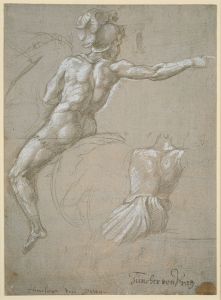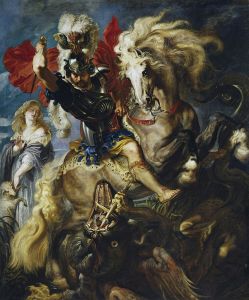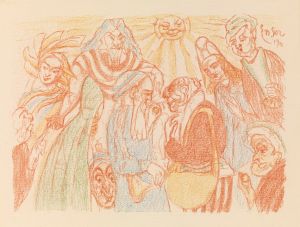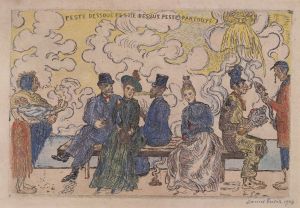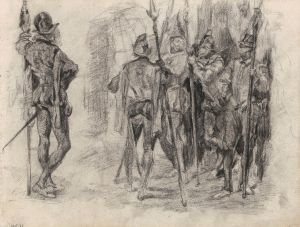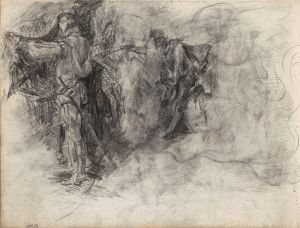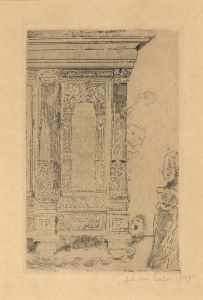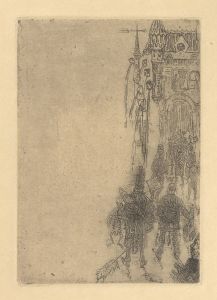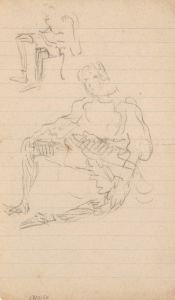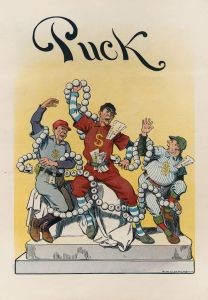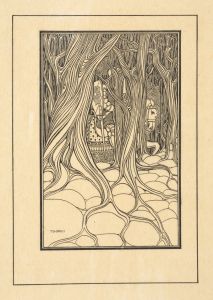
Don Quixote
A hand-painted replica of James Ensor’s masterpiece Don Quixote, meticulously crafted by professional artists to capture the true essence of the original. Each piece is created with museum-quality canvas and rare mineral pigments, carefully painted by experienced artists with delicate brushstrokes and rich, layered colors to perfectly recreate the texture of the original artwork. Unlike machine-printed reproductions, this hand-painted version brings the painting to life, infused with the artist’s emotions and skill in every stroke. Whether for personal collection or home decoration, it instantly elevates the artistic atmosphere of any space.
James Ensor, a Belgian painter known for his avant-garde style and unique approach to subject matter, created a work titled "Don Quixote" in 1887. Ensor was a prominent figure in the Symbolist movement and is often associated with the later development of Expressionism. His works are characterized by their vivid color palette, imaginative themes, and often satirical undertones.
The painting "Don Quixote" reflects Ensor's fascination with the literary character created by Miguel de Cervantes. Don Quixote, the protagonist of Cervantes' novel, is a nobleman who becomes a self-declared knight-errant, embarking on a series of adventures in pursuit of chivalric ideals. Ensor's interpretation of Don Quixote captures the essence of the character's idealism and folly, themes that resonated with the artist's own views on society and the human condition.
Ensor's "Don Quixote" is notable for its vibrant use of color and dynamic composition. The painting depicts the iconic figure of Don Quixote, often portrayed in armor and mounted on his horse, Rocinante. Ensor's style in this work is characterized by bold brushstrokes and a somewhat distorted perspective, which adds to the dreamlike and fantastical quality of the scene. This approach aligns with Ensor's broader artistic vision, which often involved a departure from realism in favor of more expressive and symbolic representations.
The painting is also reflective of Ensor's interest in exploring themes of illusion versus reality, a central motif in Cervantes' novel. Don Quixote's adventures are marked by his frequent misinterpretations of the world around him, and Ensor captures this sense of delusion and whimsy in his portrayal. The artist's use of exaggerated forms and vibrant colors serves to emphasize the surreal nature of Don Quixote's quest.
Ensor's work, including "Don Quixote," was influential in the development of modern art, particularly in its challenge to traditional artistic conventions and its embrace of more subjective and emotional content. His paintings often include elements of satire and social commentary, reflecting his critical view of contemporary society. In "Don Quixote," Ensor may be seen as drawing parallels between the character's idealistic pursuits and the artist's own struggles with the art establishment and societal norms.
Today, James Ensor is celebrated as a pioneering figure in modern art, and his works, including "Don Quixote," continue to be studied and appreciated for their innovative style and thematic depth. The painting remains an important example of Ensor's contribution to the Symbolist movement and his influence on subsequent generations of artists.





